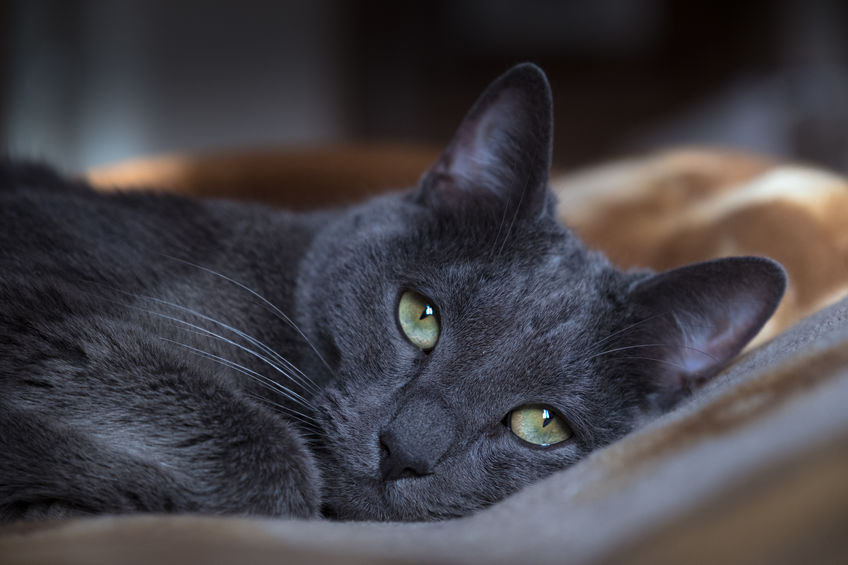It’s surprising how many cases of cats with yeast issues we are addressing lately. My past experience in pet nutrition let me know this was an incredible common issue for dogs. At the company I worked at, we dealt with yeast issue in dogs multiple times each day. However, cats seemed to be more resilient and less effected by yeast… at least until now.
Some symptoms of yeast in cats include:
- Itchy Skin
- Gunky ears or ear infections
- Skin irritation or rashes
- Oily fur or flaky skin
- Unusual odor
While the symptoms of a yeast issue are obvious, it still begs the question: Why – after more than 15 years of personal experience – are we seeing a surge in cats dealing with yeast? My hypothesis a cumulative effect of poor nutrition. As more cats become indoor only, their diet predominantly becomes highly processed, low quality ‘cat food’. Over time (even generationally) this nutritional abuse impacts overall health. Without proper nutrition, the immune system just can’t keep up.
A healthy immune system knows how to process the good and the bad yeast in the body just fine. However, when the immune system is compromised (or weakened) to a certain point, the bad yeast is able to take over and start growing in the gut. This excessive yeast now needs to exit the body – and it usually shows itself escaping through the warmer areas of the cat.
Just like when baking bread, heat makes the yeast rise.
This isn’t a contagious illness, but it does need to be treated nutritionally. Many veterinarians will throw antibiotics or steroids at this issue – but that only masks the symptoms. The problem just gets worse. And now it’s even more difficult to treat because the steroids and antibiotics also take a big toll on the immune system. The only way we’ve found successful, thus far, to actually rid the bad yeast from the body is to build the cat strong enough so she can heal herself. Seriously. Truly overcoming this issue means healing from the inside out.
Here are 5 tips on how to help cats with yeast.
- Get rid of carbohydrates and starches in the diet. Yeast thrives on sugar and carbs/starches convert to sugar in the body. Cats have no nutritional requirement for these ingredients anyway, so let’s not try to feed the beast… yeast (see what I did there?). Ditch the kibble and high carb wet food and feed a species appropriate fresh or moist food diet.
- Use supplementation to help build the immune system and reduce inflammation. A good diet will support a health immune system, yes – but we also want extra support so that we can strengthen the immunity health fast.
- Use natural anti-fungals to fight the bad yeast in the gut. Natural anti-fungals will attack the yeast but not disturb the healthy bacteria.
- Add a quality probiotic to the daily meals. Probiotics are helpful because it’s imperative to restore the gut in order to rid the body of the yeast. Replacing the friendly bacteria in the gut with a probiotic will help rejuvenate the GI Tract.
- Use a natural topical spray or cream to help relieve symptoms. During a cleanse of yeast in cats, the symptoms may get worse before they get better. A safe topical solution will help keep the inflammation down on the skin and help kill the yeast as it exits the body.
It may seem like a lot, but it’s really not. Especially when it comes to making our babies healthy and happy again, a switch of diet and addition of supplements isn’t too much. The detox process can sometimes take awhile. I’ve seen some cats better in weeks and others took months to fully recover. Do what you can to get your sweet kitty back on the road to health!
Recommended Product for Yeast in Cats





Recent Comments